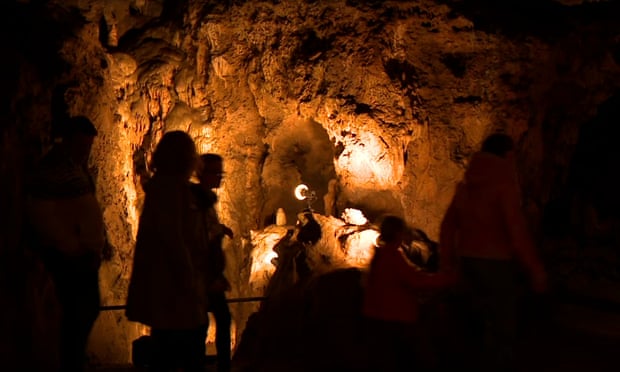ARCHAEOLOGISTS have found a human arm bone during an excavation of Neolithic buildings at Ness of Brodgar on Orkney.
The University of the Highlands and Islands Archaeology Institute, leading the dig, believe the bone was deliberately placed and could be the remains of a respected original founder of the large complex.
Ness of Brodgar site director Nick Card described it as an important and exciting find.
He said there were several theories as to who the arm belonged to which would be explored further.
The Ness of Brodgar is a new archaeological discovery in Orkney located between the Ring of Brodgar and the Standing Stones of Stenness.
Read the rest of this article...






